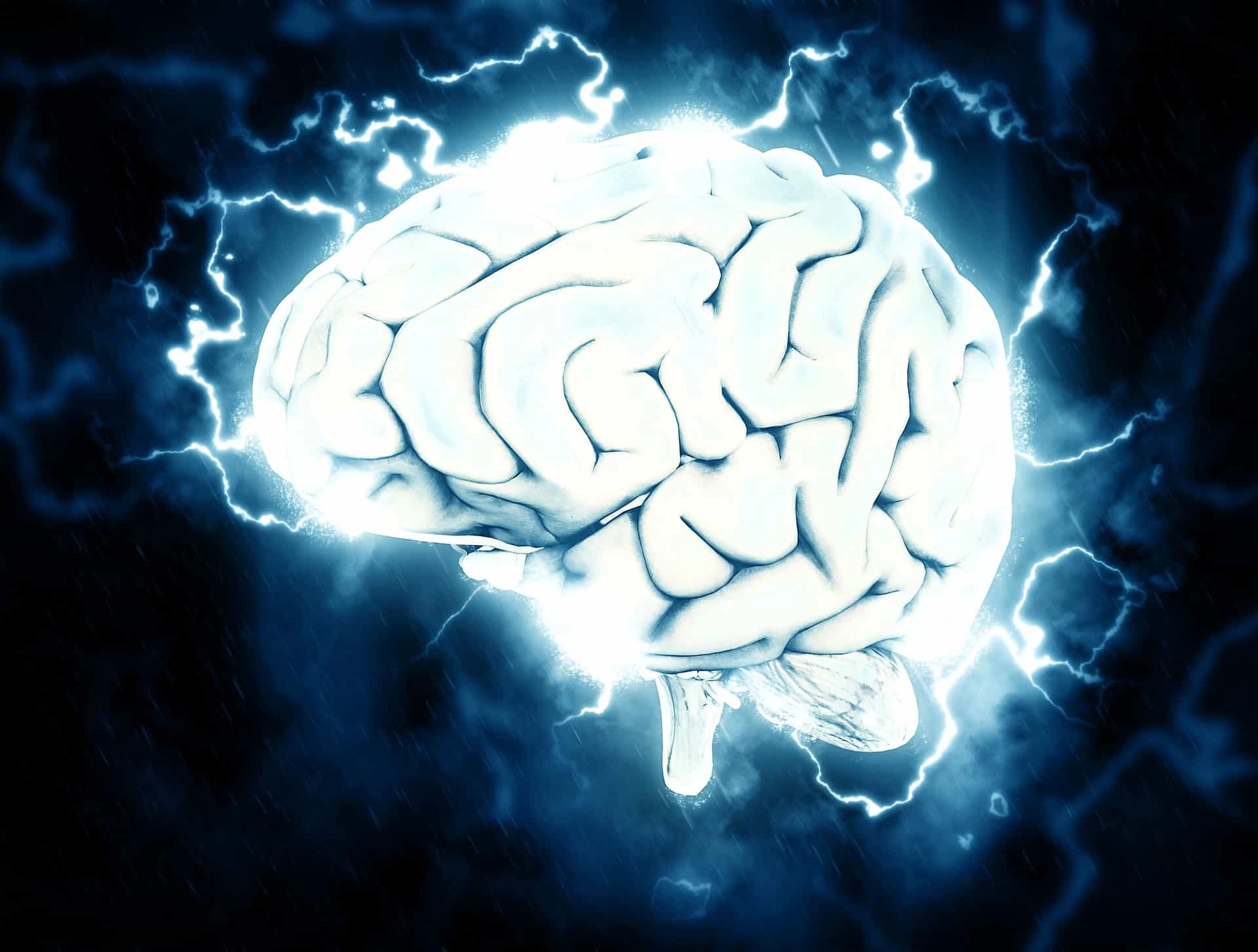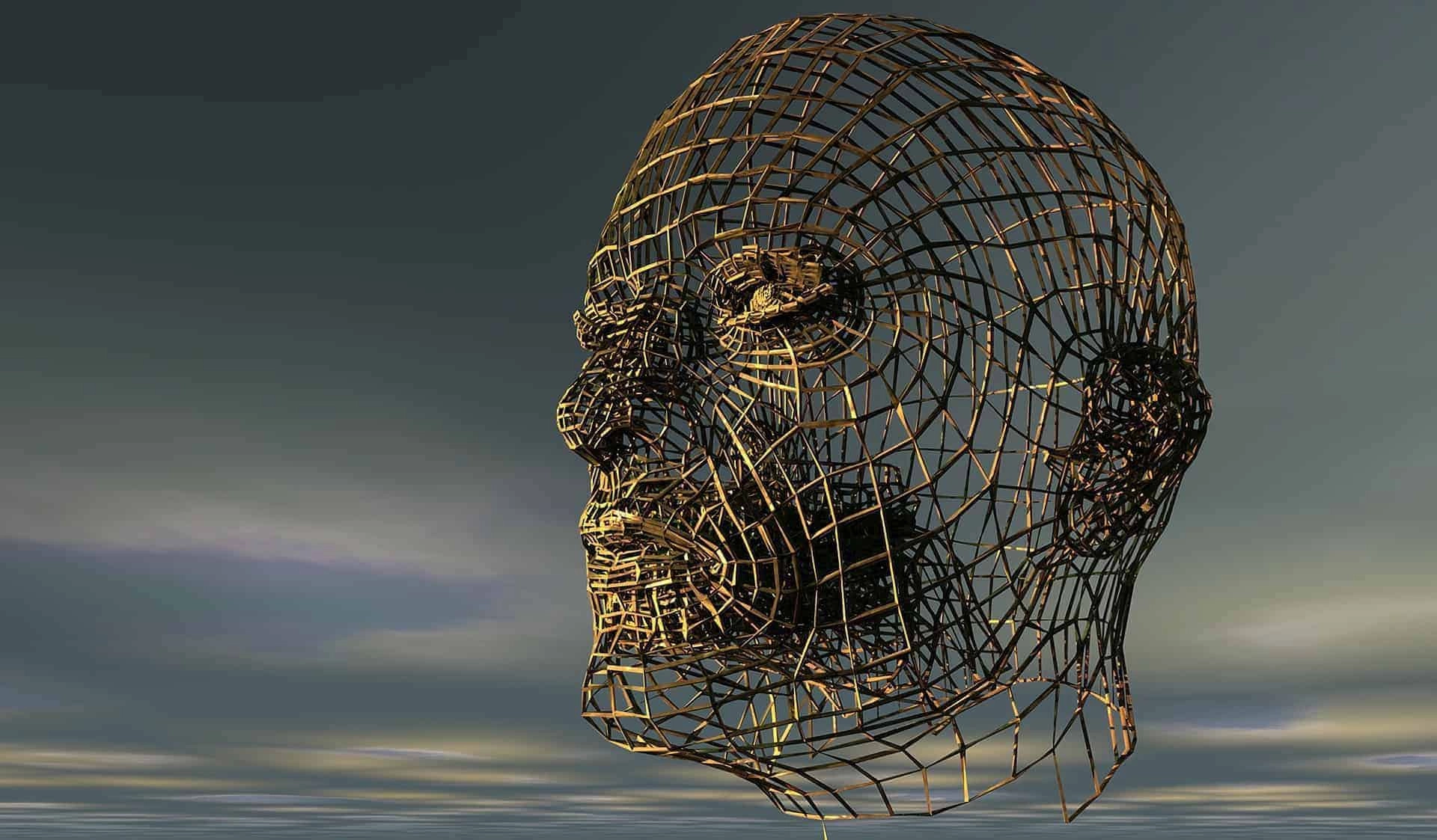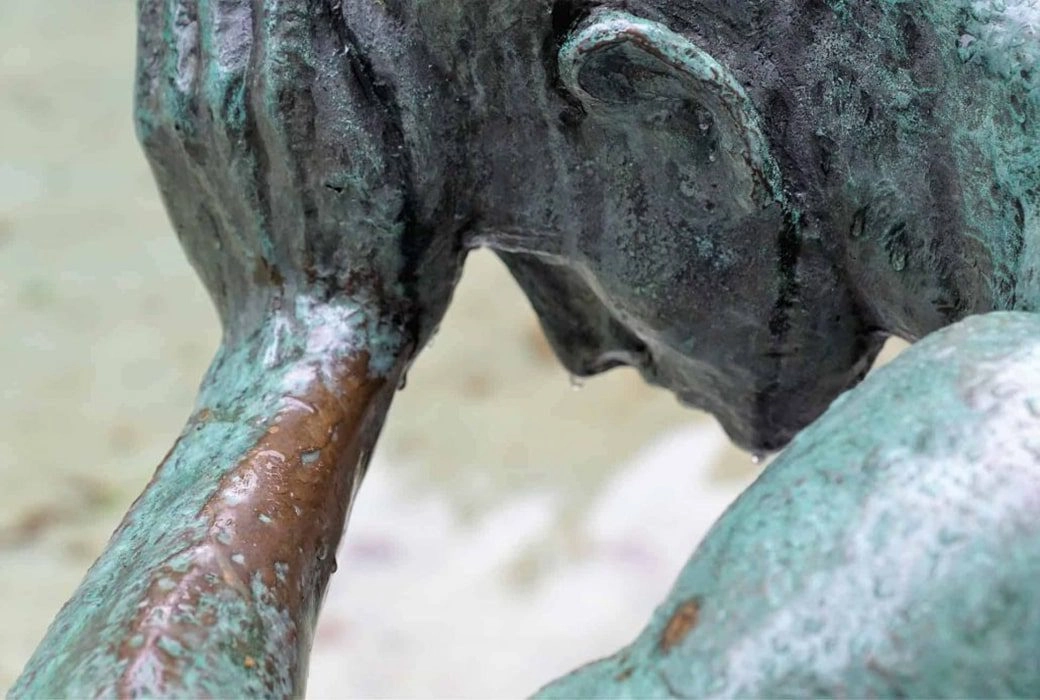Yes! An ever-changing field of study, migraine and headache pain can be helped by chiropractic treatments. Such pain is often intensified by another, possibly hidden, physical condition or anomaly. As science begins to better understand what migraine and headache pain sufferers experience, patients are encouraged to seek strategic and personalized care solutions.
As a neurological disease, migraine pain can be helped by working to provide nerves with the very best ‘home’ possible within the body. Headache and migraine episodes may have multiple contributing factors, thus increasing frequency and intensity. It is quite possible that the sufferer is not yet even aware that a separate problem exists with either condition.
Chiropractic treatments work to eliminate underlying ailments, misalignments, and injuries – especially those that may not be known by the patient. Doctors of chiropractic must “prove their knowledge and readiness to practice,” as stated by the National Board of Chiropractic Examiners.
Headache or Migraine?
More than 300 types of headaches and migraines, with many different symptoms may be experienced. Help from a team of medical professionals is often needed to even begin narrowing down such a list. Sorting through what may be the cause of a patient’s pain is a daunting task, only increased by the number of possibilities.
It may be difficult for the sufferer to accurately determine if ‘headache’ pain may, or may not, be migraine-related. Severe headaches, repeated episodes, or head pain lasting longer than 48 hours should be properly evaluated. Trauma due to a fall or direct impact should always be immediately evaluated by a medical professional.

Migraine Symptoms
- Neck stiffness, soreness
- Dull throbbing in the head or neck
- Sharp pain in the head
- Temporary change in vision, or even visual disturbances known as an ‘aura’
- Sensitivity to light and sound
- Dizziness, nausea, vomiting
- Loss of balance
What Is Migraine?
According to the Migraine Research Foundation, “Researchers now believe that migraine is a neurological disorder involving nerve pathways and brain chemicals.” This condition involves much more than what a ‘typical headache’ brings. Regular lifestyle activities are dramatically changed with the onset and reoccurrence of migraine pain. While the disease of migraine is not life threatening, it is definitely life altering. Sufferers must rapidly begin to make changes to minimize the occurrence of symptoms.
Caring for the body as a complete unit helps to create long-term – and genuine – wellness in migraine patients. The same Foundation describes a migraine as an “extremely incapacitating collection of neurological symptoms that usually includes a severe throbbing recurring pain on one side of the head. However, in 1/3 of migraine attacks, both sides are affected.”
Understanding the ‘Aura’ of Migraine Pain
Migraine pain sufferers often experience what is called an ‘aura,’ usually shortly prior to the onset of a migraine. This may involve visual disturbances, a loss of vision, dizziness, a change in senses, or a change in nerve activity. The term ‘aura’ is in reference to the patient’s visual perceptions being altered by ocular changes.
The lights in a room have not changed, but the patient’s brain is receiving information about light in a different manner, thus causing a change in vision. This is not the same as a hallucination. Also, the patient is fully cognizant and aware of the change. Not all migraine sufferers experience auras, also referred to as ‘ocular migraines’ for the visual changes that take place.
Why Are Some Migraines So Intense?
“A migraine tends to range from moderate to very severe throbbing pain at the front or the side of the head,” as stated by News Medical. However, pain does not always remain in just the head area. The neck may also produce pain and soreness. The body often provides a patient with plenty of discomfort during a migraine experience. Dizziness, nausea, vomiting, and a possible loss of balance may not exactly be labeled in the pain category, but they are no less real for sufferers.
Pain is often felt with enough intensity that sufferers sometimes feel as though their whole body is affected. Neck pain and soreness can cause small tasks to become difficult. Driving is usually not an option, primarily due to the possibility of a change in vision during a migraine. The listed symptoms often dramatically alter the patient’s ability to complete normal work activities.

The Hidden Problem
Chiropractic care for headache and migraine pain often includes a focus on ailments that may have been masked by more obvious pain issues. A concussion may bring a patient to the emergency room just after an initial injury has occurred, only to find that days later other types of pain have begun to surface. Long-term afflictions are no less painful, and may become more and more prominent if proper medical care is not given. Managing pain means getting to the source of pain.
Yet, it is these hidden ailments that sometimes stump patients. Pain sufferers may believe that they have begun to heal after the initial pain subsides. In fact, a much deeper healing will often be required before a long-term pain free lifestyle may be regenerated. In the case of an injury, bumps, scrapes, and wounds may have diminished. However, other difficulties may rest below the external surface of the body.
In cases that do not reflect an initial injury, many factors may play a role in what is causing migraine or headache pain. In fact, a combination of factors may be at the root of a patient’s individualized need. Genetic and environmental factors must be considered. For migraine patients, it may be worth the effort to find out if relatives have experienced similar symptoms. Changing one’s diet and lifestyle for a time may help to eliminate possible contributing factors during recovery. Improving sleep and exercise habits may also help migraine pain sufferers.
Exercise… Really?
Migraine sufferers may have decided that ‘real’ exercise is not for them. This is understandable since migraine pain sometimes seems to be triggered by intense activity. However, regular and moderate (‘regular’ and ‘moderate’ being key terms here) activity that is not stressful or intense may be greatly preferred and highly beneficial.
The National Center for Biotechnology Information shares information that speaks to this dilemma: “Results suggest possible long-term benefits of aerobic fitness in the management of classical migraines.” A brisk walk with family or friends would be preferable over a game of laser tag in the dark. Physical therapy and chiropractic plans focusing on migraine pain can help patients to choose activities that fit their own interests and abilities.
Migraine Prevention
Migraines are best cared for by preventing them. This is not always as easy as it sounds. Triggers (warning signs shown below) vary by the individual and may not always cause a migraine with every interaction, complicating the process of prevention. Recognizing and avoiding triggers is certainly a start towards minimizing the occurrence of migraines.
However, proper care of the body can help to keep nerves happy and ready to take on normal daily activities. Care must be intentional and strategically organized according to each sufferer’s physical make-up. Headache and migraine sufferers often search for a ‘hidden’ cause for some time prior to landing on anything that is beneficial. Chiropractic Care in Alaska works to expedite this process for patients, jumping straight to direct care.
Because there is not currently a known cure for migraines, care to prevent them is essential. Migraines (and headaches) may be caused by:
- Spinal problems located in the neck area, subluxation, misalignment
- Head injury, concussion, whiplash
- Foods high in caffeine, salt, sugar, protein
- Red meat, dairy products, alcohol
- Environmental factors, e.g. noise, lights, noxious smells, stress, tension
- Insomnia, excessive exercise, and blood sugar changes
- Genetic factors
- Hormonal changes
- Smoking
- Changes in weather, altitude
- Poor posture
- Other serious conditions that require trusted medical assistance
Common Migraine Warning Signs
Warning signs are often present prior to the onset of a migraine headache. A migraine can start during sleep, making symptoms more difficult to recognize. Exact symptoms may vary by the individual. However, a few common signals include:
- Speech, hearing changes
- Changes in memory
- Numbness, tingling
- Vertigo
- Increased urination
- Weakness, fainting
- Confusion, fear, a feeling of a lack of control
- Aura
When one or more warning signs begin to develop, retreating to a quiet, restful location as efficiently as possible is known to help diminish that migraine episode. A Same Day Promise for chiropractic care and migraine pain management is available in Alaska.
The ‘Non-Migraine Headache’
Non-migraine headaches may be temporarily remedied with over the counter medications. The random headache, seemingly due to hydration, lack of sleep, stress, or other seemingly minor issues, may actually need further medical care. Poor structural alignment, tension, and old injuries are some ailments that may be the cause of headache pain.
Work environments and daily activities over time may also place the body in a state of misalignment. “Poor posture can lead to musculoskeletal problems which then trigger the (tension) headache,” reads News Medical. When headaches become repetitive, it is time to seek professional care.
What Headache and Migraine Treatment Options Are Available in Alaska?
- Chiropractic care (including spinal manipulations and adjustments)
- Rehabilitative therapy
- MCU Therapy
What Is MCU Therapy?
Multi Cervical Unit Neck Pain Therapy works to diagnose and treat neck pain. It also helps to direct a patient’s healing by providing a safe source for strengthening neck muscles. Regaining strength while avoiding further injury is a key factor in helping with long-term recovery. MCU Therapy is designed to allow the patient to regain strength without allowing the neck to enter unsafe positions while healing takes place.
Does Multi Cervical Unit Neck Pain Therapy Work?
Yes! MCU is beneficial for headache and migraine sufferers as it minimizes pain in the neck and shoulders, thus reducing the amount of stress that is sustained by the head area. This personalized therapy does not involve surgery. Therefore, recovery times after a visit to a surgical ward become nil.
The benefits of Multi Cervical Unit Neck Pain Therapy are also greatly increased when combined with Rehabilitative Therapy and Chiropractic Care in Anchorage. The combination of these features, helps to expedite healing for patients in a way that has become well known and preferred by neck pain suffers in Alaska.
What Does Chiropractic Care Do for Migraine and Headache Sufferers?
Chiropractic physicians seek to help migraine and headache patients in finding personalized solutions for pain. Strategic spinal manipulations can improve spine health and alleviate unnecessary stress on a patient’s nervous system. Ensuring that connections between the neck and head stay healthy helps to diminish the intensity and frequency of symptoms.
Reducing the occurrence and intensity of pain becomes a key part of a migraine patient’s life. Chiropractic care works to direct a patient’s body towards complete wellness. Treatments are designed to teach the body to heal itself and encourage a new level of nerve health. In addition to nerve health, patients are also more readily able to tackle and avoid other migraine triggers with ease. The cycle returns health with health as symptoms are minimized.
What Now?
True healing may remain elusive until proper care is given for headache and migraine sufferers. Chiropractic care in Anchorage works like a ‘plumb line’ seeking to realign vertebrae and problem areas in the body. Better Health Chiropractic & Physical Rehab welcomes patients who are uncertain exactly what they will need to manage pain and seek recovery. Sufferers do not need to travel the road to recovery alone.
Creative solutions are available at the Chiropractic Clinic in Alaska. Timely and affordable care is readily available. Care is usually covered by insurance. Contacting the Chiropractic Clinic in Alaska is the next step towards acquiring care that can lead to genuine relief. Contact information is available online here or by phone at 1-877-346-5255.









